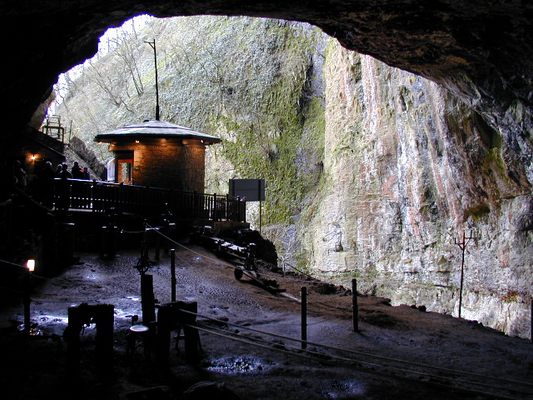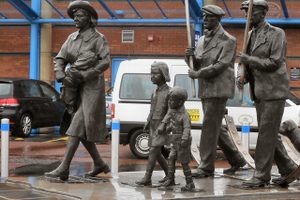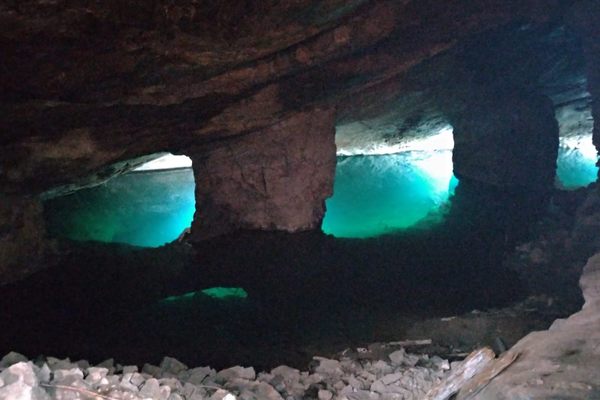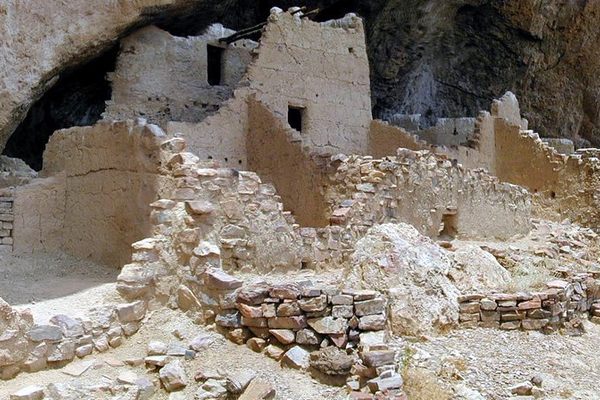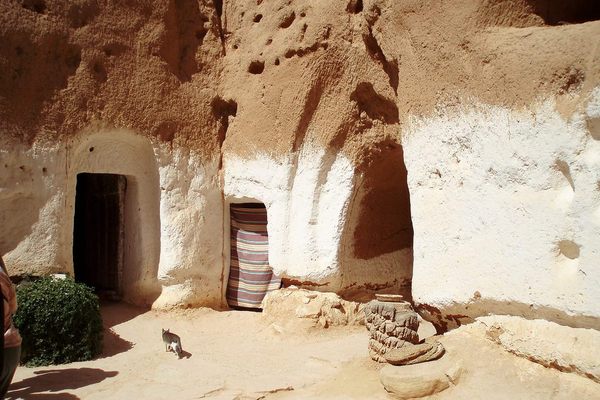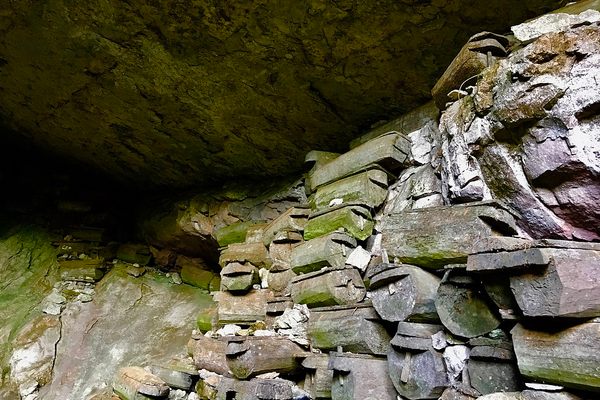About
A short distance away from the high street in Castleton, England is a huge cave entrance, where the some of the country's last troglodytes—cave-dwellers—made their homes.
In the 18th and 19th centuries, the Derbyshire region was a major source of lead. The mines needed a lot of rope, and in response to this a community of rope makers gathered in the mouth of Peak Cavern, the largest cave entrance in England. Prior to a visit by Queen Victoria in 1880, the cave was known by a less genteel name, the Devil's Arse.
The giant cave provided a dry space for the rope makers to do their work. The workers also built themselves small cottages near the factory. Around 30 craftsmen were a part of this community, and generations of artisans supplied the products needed for the local mining industry.
But by 1915, many of the houses were destroyed, as was the rope making operation. Traces of the industrial and residential sections of the cave can still be seen. A tour of the cave includes detailed historical information and rope making demonstrations.
Though the cave is an interesting industrial archaeological site, it's also remembered for the sad death of a young explorer. In 1959, Neil Moss, a 20-year-old Oxford student, joined members of the British Speleological Association to explore the cave and became irretrievably stuck in a tight, downward shaft deep inside the cave. All attempts to rescue him failed and he eventually died, possibly from a buildup of carbon dioxide in the narrow shaft. At the request of his family no attempts were made to retrieve his body as this would have put more lives at risk.
The shaft was filled with concrete and a trip to the chamber where the shaft started, which is known as Moss Chamber, has become something of a pilgrimage for Derbyshire cave explorers.
Related Tags
Know Before You Go
The cave is open to visitors each day from April to October and on weekends and school holidays (except for Christmas Day) from November to March. There is a pay and display car park nearby and admission charges apply.
Community Contributors
Added By
Published
August 21, 2017

